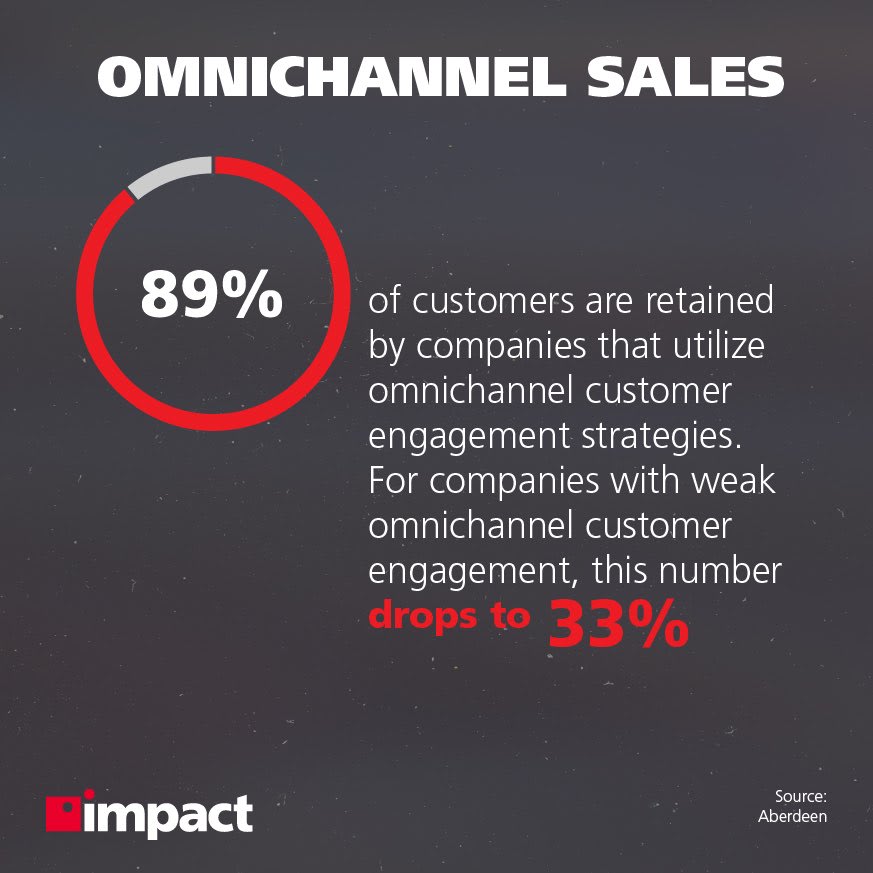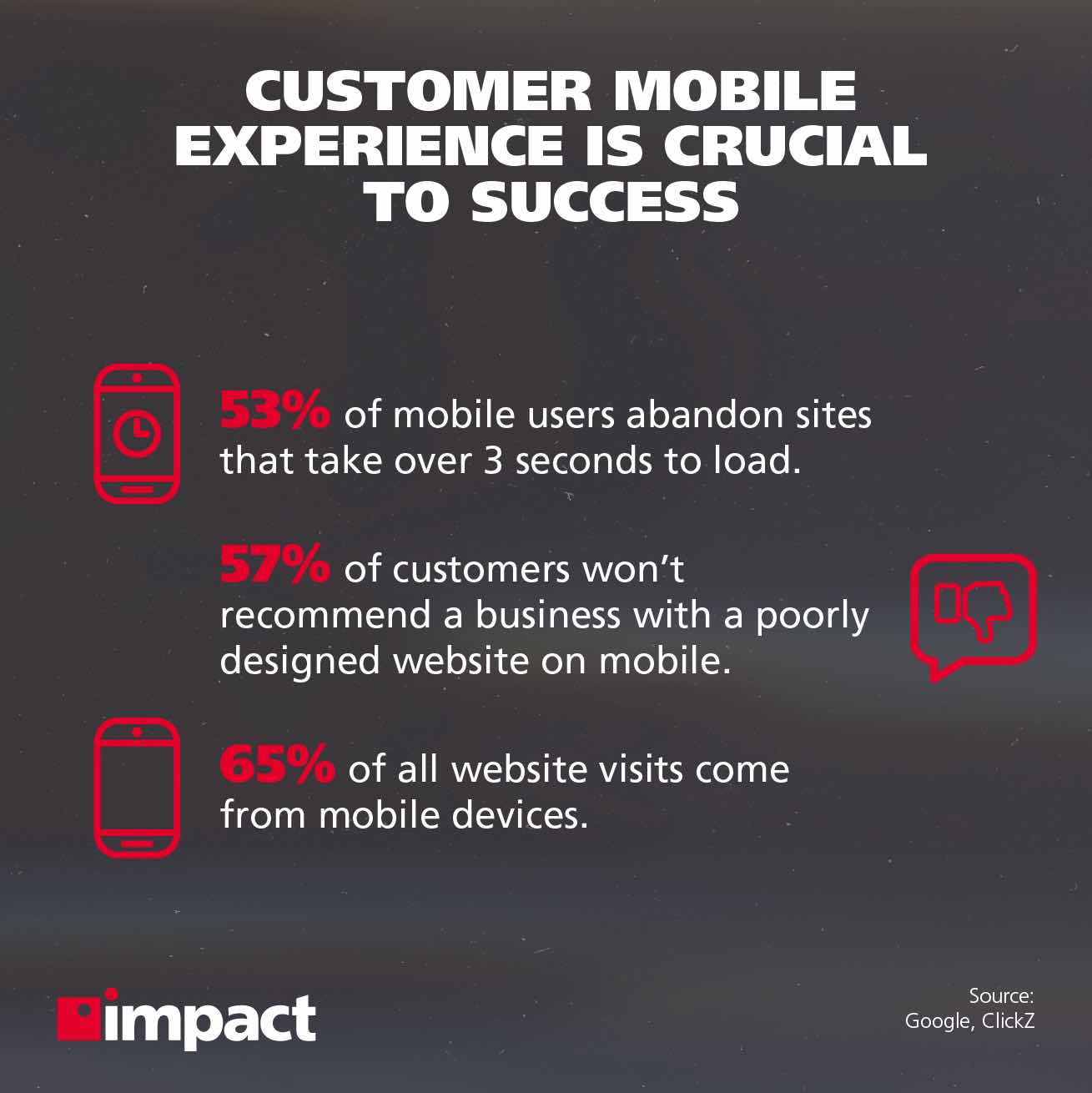Improving your customer experience strategy has become an important aspect of modern business.
The first thing to note is that customer experience is not the same as customer service. Customer service is one part of the customer experience, which begins with a prospect’s first impression of your brand and ends long after the buyer’s journey.
Traditionally, customer experience has always been secondary to considerations of price and quality, but recent indications suggest the dial could be shifting towards CX being a—if not the—primary factor of persuasion for consumers.
87% of organizations agree traditional experiences no longer satisfy the needs and expectations of customers today.
Why Is Customer Experience Strategy So Important?
It’s a combination of factors, mostly driven by ubiquitous smartphone use among consumers, more effective AI applications, and a rapid increase in big data which when utilized well can provide enormous opportunities for businesses.
Customers share an expectation towards businesses, largely driven by digital trend-setters who have gone above and beyond to set themselves apart from competitors with great personalized customer experiences.
Over three-quarters (76%) of customers expect companies to have an understanding of what they want and to tailor their service accordingly.
Because of these expectations, improving customer experience strategies has become an essential task for even the smallest businesses.
Ways to Improve Your Business’ Customer Experience
Improving your customer experience isn’t as difficult as you might be led to believe, and by employing the right strategy and technology implementations, you can make some big inroads into being able to deliver a stellar CX for your customers and prospects.
Here’s six things you can put into your strategy today to get yourself on the up and up.
Use a chatbot
If you don’t already have a chatbot implemented on your site, you may consider getting one.
Chatbots are a quick and effective way of dealing with customers, who are not nearly as negatively predisposed to them as you might imagine.
In fact, there is plenty of evidence supporting the notion that chatbots are very well received by consumers—particularly those belonging to the Millennial and Gen Z demographics.
8 out of 10 of consumers who have engaged with a chatbot report it as an overall positive customer experience.
Chatbots are designed for the most part to answer relatively simple questions that would otherwise be answered by a customer service agent.
This means their primary use should be to efficiently and quickly answer a query—businesses will typically assess the most common customer service questions when developing their bot and incorporate those.
Everybody wins with chatbots; service staff aren’t inundated with routine questions and customers get their answers quickly without having to make a phone call, improving their satisfaction.
Take an omnichannel approach
Taking an omnichannel approach in your customer experience strategy means using all the tools available to you to connect with customers.
Social media, email, text, website—CX-savvy businesses will engage users across all their channels in order to provide a positive experience and build great relationships with them.
This doesn’t just mean putting your marketing campaigns on all your channels—though that is a good way of fostering engagement.
Companies with the strongest omnichannel customer engagement strategies retain an average of 89% of their customers, as compared to 33% for companies with weak omni-channel strategies.
It means giving customers a consistent personalized experience based on where they are in the buyer’s journey.
The data you gather across your channels for campaigns will help you determine which approaches work best with which customers, and you can then adjust your approach to them accordingly.
One of the most common forms of an omnichannel approach is offering an app for customers to use.
Not only does this mean that they’re happier using a dedicated app rather than accessing your site through a slower browser, it also means you’ll be getting a steady stream of data and information about users—their service or product preferences, feedback they’ve given, and of course other aspects like their user experience for your app.
You can then use this data to target them via other channels while keeping your tone and messaging consistent.
If you’ve ever had a business send you an email about items still in your cart from an ecommerce site, then you’ve been on the receiving end of a simple but effective omnichannel approach.

